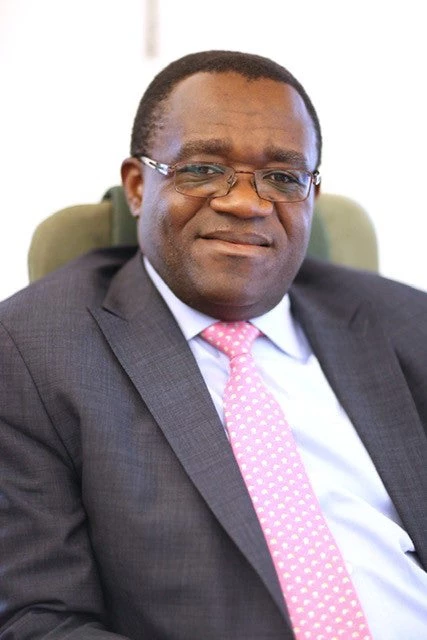 حافلة سياحية كهربائية بقرب توربينات الرياح.
حافلة سياحية كهربائية بقرب توربينات الرياح.
The recent responses by governments in the Middle East and North Africa to curb the spread of COVID-19 has highlighted the need for safe, resilient and sustainable modes of mobility. A recorded improvement in air quality in cities like Cairo during the early lockdown of COVID-19 and the reduction in PM2.5 and NO2 emissions in Riyadh, Beirut, Jeddah, Baghdad, and others cities with reduced automobile usage has showed that switching to 100% electric-run transportation could be a game-changer for the future of the region.
As electricity and transport sectors undergo technology disruption and transformation, the potential for transitioning to E-Mobility using Electric Vehicles (EVs) is limitless: Cars, buses, trains and even air taxis could be fueled by electricity instead of gasoline and diesel. This could prevent billions of tons of GHG emissions and millions of air pollution deaths and health complications if electricity fuels our transport, especially as the region is very well-endowed with renewable energy sources.
Absorbing EVs into transport systems in the short-term will have little to no impact on current electricity generation infrastructure. But increased numbers of EVs expected over the coming decades means local grid networks in some urban transport corridors will need reinforcements, along with investments for an additional 10 to 15% new electricity generation capacity. This provides a window of opportunity for MENA policymakers to steer the future of sustainable transport into public and shared E-Mobility, focusing on EV-charging infrastructure that is fueled largely by solar and wind power, especially as the latter has become increasingly efficient, cheaper and affordable.
Countries like the Netherlands, Norway, the US, China and India are at the forefront of revolutionizing the introduction of EVs for both public and private use. An increasing number of local and national governments across Europe are also interested in phasing out combustion-engine powered vehicles altogether. Automakers are accelerating their EV plans also to comply with increasingly stringent regulations in Europe and China. COVID-19 will delay some of these plans, but by 2022 there will be over 500 different EV models available globally.
The emergence of solar power, smart grids and battery storage technologies in the electricity sector aligns well with these plans. The future is pointing to energy systems where cars would not only use solar power to charge their batteries, or from the electricity grid at night when the demand is the lowest, but they could also feed back into the grid or directly to homes when extra electricity is needed, such as to meet higher air-conditioning demand during hot days, or when solar power generation goes down during cloudy days. Digitalization is making bi-directional charging for implementing vehicle-to-home (V2H) and vehicle-to-grid (V2G) solutions more viable. Furthermore, repurposing EV batteries for use as storage in electricity grids is giving them a second life because 70% of juice is still left after batteries are used in EVs for several years. This is a win-win solution to address EV battery waste management problems and solar power intermittency risks at the same time. Finally, innovative business models like battery-swapping are being developed to address the challenges of high initial costs of batteries, which is what makes EVs cost prohibitive at this time and therefore unaffordable for many in developing countries.
The benefits of getting gasoline and diesel-fueled vehicles off the road are going to be enormous. The answer is clear: A strategic transition to EVs should be one of the cornerstones of a green, resilient, inclusive and sustainable future. Now is the time for countries across MENA to look towards policies and strategies that support EVs in order to provide better and more transport options, especially for women and vulnerable groups already marginalized by lack of transport access. The World Bank’s Greater Cairo Air Pollution Management and Climate Change Project is looking into piloting an electric bus fleet and related infrastructure development. The Bank’s MENA Infrastructure team, with funding from ESMAP and MOLO, is beginning to examine the challenges facing these countries to develop technical, policy and financing solutions to scale up the implementation of E-Mobility in the region, with an initial focus on Egypt, Morocco and Jordan.




Join the Conversation